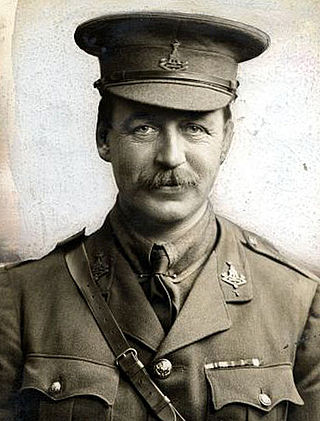Top Qs
Timeline
Chat
Perspective
Buckrose (UK Parliament constituency)
Parliamentary constituency in the United Kingdom, 1885–1950 From Wikipedia, the free encyclopedia
Remove ads
Buckrose was a county constituency of the House of Commons of the Parliament of the United Kingdom, comprising the northern part of the East Riding of Yorkshire, represented by one Member of Parliament, and was created for the 1885 general election.
Buckrose was abolished for the 1950 general election, when boundary changes reduced the East Riding's number of county constituencies from three to two, the eastern part of the constituency and most of the voters being included in the new Bridlington constituency and the remainder in the Beverley constituency.
Remove ads
Boundaries
1885–1918: The Sessional Divisions of Bainton Beacon, Buckrose, and Dickering.
1918–1950: The Borough of Bridlington, the Urban Districts of Filey, Great Driffield, and Norton, and the Rural Districts of Bridlington, Driffield, Norton, and Sherburn.
The constituency consisted of the northern third of the East Riding of Yorkshire. The largest town in the seat was Bridlington, but it also included Filey, Driffield, and Norton, as well as numerous villages, and the rural element was predominant. At the time of the 1921 census, almost two-fifths (38%) of the occupied male population were engaged in agriculture.
Remove ads
Name
Buckrose took its name from the wapentake of Buckrose, one of the medieval sub-divisions of the East Riding which, however, had long ceased to have much administrative significance by 1885, and had covered only part of the area of the constituency and a minority of its population. (The constituency also included the whole of the former wapentake of Dickering, which included Bridlington and Filey, and part of the wapentake of Harthill which included Driffield.) The name seems to have been chosen primarily to avoid offending any local sensibilities, and with little regard for comprehensibility (a criticism also levelled at many of the other new constituency names created under the 1885 Reform Act).
Remove ads
Members of Parliament
Elections
Summarize
Perspective
Elections in the 1880s

- At the General Election of 1886, McArthur was declared the victor over Sykes by a single vote, 3,742 to 3,741, and took his seat, but "on scrutiny" the seat was eventually awarded to his opponent, Sykes, by a majority of 11 votes.
Elections in the 1890s


Elections in the 1900s

Elections in the 1910s

General Election 1914–15: Another General Election was required to take place before the end of 1915. The political parties had been making preparations for an election to take place from 1914 and by the end of this year, the following candidates had been selected;
- Liberal: Luke White
Elections in the 1920s

Elections in the 1930s
Elections in the 1940s
General Election 1939–40:
Another General Election was required to take place before the end of 1940. The political parties had been making preparations for an election to take place from 1939 and by the end of this year, the following candidates had been selected;
- Conservative: Albert Braithwaite
- Liberal: Thomas Macleod
Remove ads
Notes
References
Wikiwand - on
Seamless Wikipedia browsing. On steroids.
Remove ads